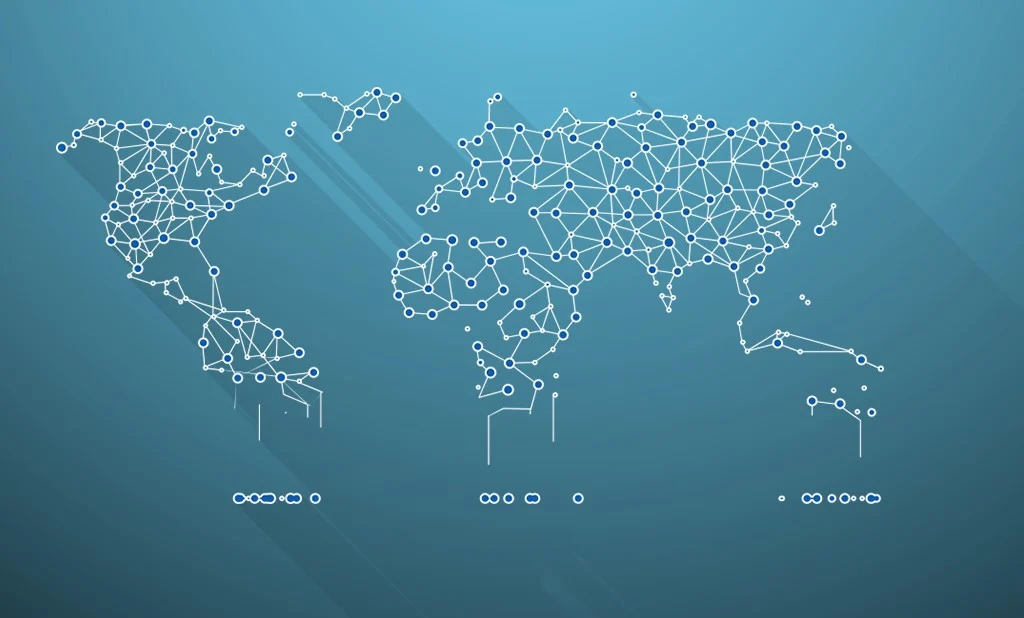The Global Signaling System 7 (SS7) plays a critical role in the telecommunications industry, serving as the backbone for interconnecting various networks worldwide. Originally designed in the 1970s, SS7 enables the exchange of signaling messages between network elements, allowing for seamless communication and the provision of advanced services. In this article, we delve into the intricate workings of the SS7 protocol, explore its significance, shed light on the concept of the SS7 map, and discuss its evolving role in the era of modern telecommunications.
Contents
Understanding SS7
The Signaling System 7 (SS7) is a set of protocols used to manage and control the signaling and data exchange between different network elements in a telecommunications network. These elements include switches, routers, service control points (SCPs), home location registers (HLRs), and more. SS7 facilitates the establishment, maintenance, and termination of calls, as well as the delivery of various supplementary services such as call forwarding and caller ID.
Functionality and Significance
SS7 is a vital component of modern telecommunication networks due to its numerous functionalities. Firstly, it enables the exchange of signaling messages between network elements, allowing for call setup and routing decisions. When a call is initiated, SS7 handles the necessary signaling to set up the connection between the calling and receiving parties, ensuring that the call reaches its intended destination. SS7 provides the necessary intelligence for features like call waiting, call transfer, and call forwarding, enhancing the overall user experience.
Moreover, SS7 enables the transmission of Short Message Service (SMS) messages and facilitates the exchange of data for services like mobile number portability (MNP) and roaming. It ensures seamless communication and interoperability between networks, allowing subscribers to enjoy consistent service quality regardless of their location.
The SS7 Map
The SS7 map represents the interconnected network elements and signaling routes within the SS7 infrastructure. It provides a graphical representation of the signaling links between signaling points (SPs) and identifies the routes taken by signaling messages during call setup and service delivery. The map illustrates the complexity of the SS7 network and allows network operators to analyze and optimize the signaling paths for efficient service delivery.
The SS7 map comprises various components, including signaling points (SPs), signaling transfer points (STPs), and signaling links. Signaling points are network elements responsible for generating, receiving, and processing signaling messages. STPs act as intermediaries, routing messages between SPs based on destination point codes (DPCs). Signaling links are physical or virtual connections between SPs and STPs, carrying the signaling traffic.
Security Concerns
While SS7 has been instrumental in enabling global telecommunications, it has also faced security vulnerabilities. Exploiting these vulnerabilities allows attackers to intercept calls, track subscriber locations, and initiate unauthorized activities like SMS spoofing. Such security risks have raised concerns within the industry and led to efforts to enhance the security of SS7 networks through measures like signaling firewalls, encryption, and network monitoring.
Future of SS7
With the evolution of telecommunication networks and the emergence of newer technologies like 5G and IP-based signaling, the role of SS7 is gradually shifting. However, SS7 continues to serve as a crucial component in today’s networks, especially in areas where legacy systems are still prevalent. Efforts are being made to transition to more advanced signaling protocols like Diameter and IP Multimedia Subsystem (IMS), which offer improved security and flexibility.
Conclusion
The SS7 protocol and its associated SS7 map are foundational elements of global telecommunications networks, enabling seamless communication, service delivery, and interoperability. Despite its age, SS7 remains a crucial part of the telecommunication infrastructure, but its vulnerabilities necessitate ongoing security enhancements. As the industry continues to evolve, newer signaling protocols will coexist with SS7, shaping the future of telecommunications and ensuring a secure and efficient network ecosystem.
